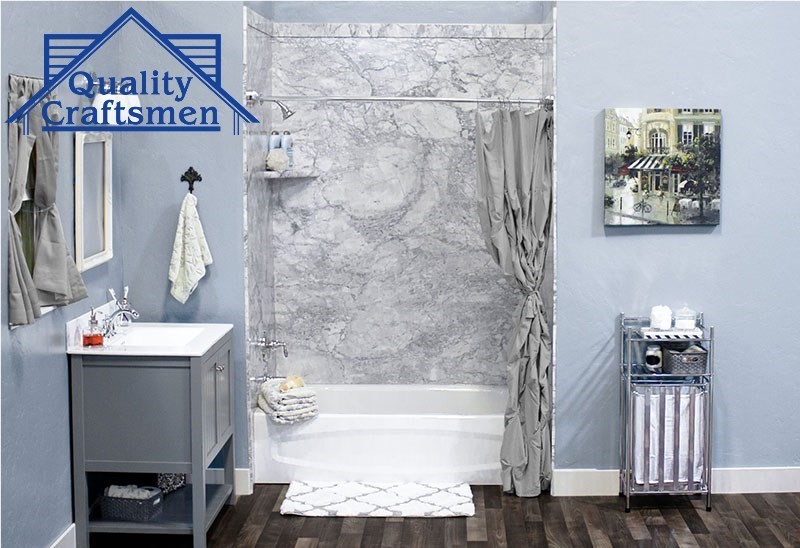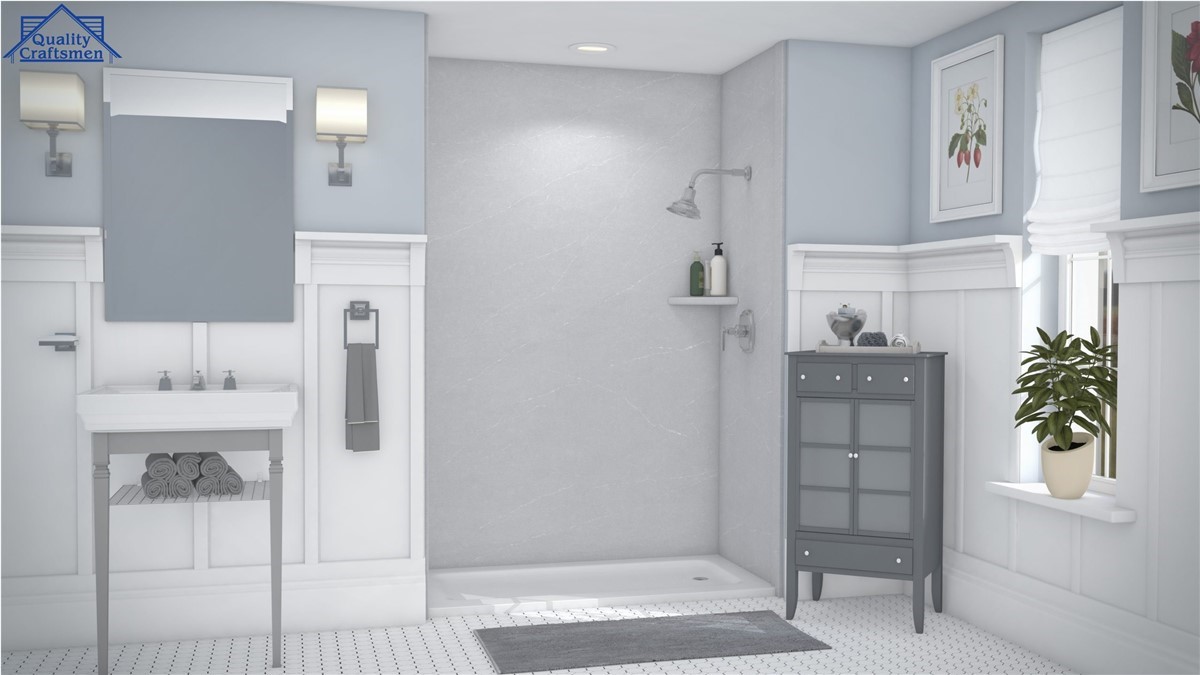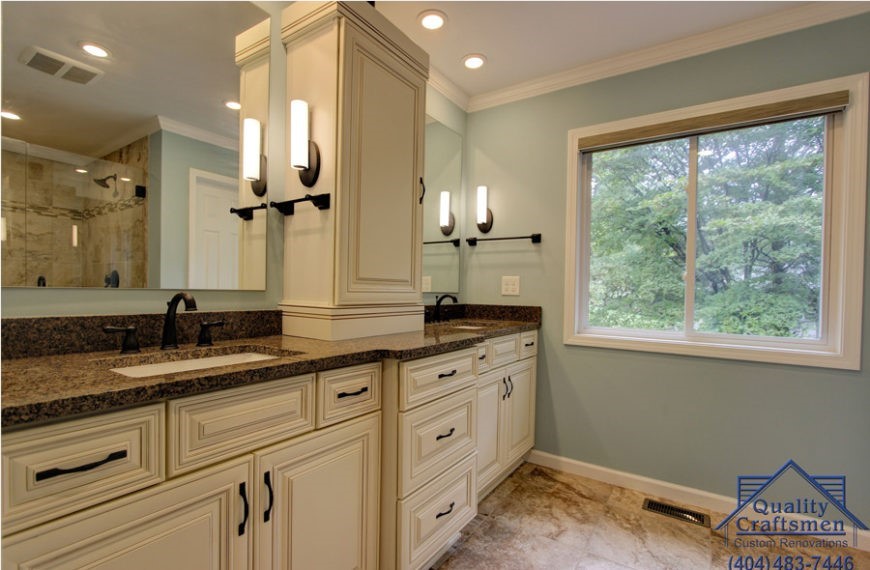Aging in place can be a great solution for elderly parents or homeowners who have new health or safety needs, but how do you know if it’s right for your situation? Making these types of retirement or health decisions can be difficult and require a lot of thought about the different factors involved. If you’re considering an aging in place option for your parents or yourself, what should you think about as you make your plans? Here are several important considerations that you need to discuss.
Support Required for Aging in Place
One of the first things that you need to plan for is exactly what sort of support is required. There’s a lot to think about here! For example, can your aging relatives still make their own meals? If not, you need to come up with other solutions for food and meal preparation. What kind of accessibility issues are you dealing with? Do they require ramps, handrails, seats, or other aids to safely move around the house and use the bathroom?
It’s also important to consider how close to family they want to be, and what transportation options they may have. Many cities offer great senior citizen discounts for public transportation and on-demand driving services like Uber. In rural areas, there may not be options like these, so living near family could be more important.
Modifying an Existing Home
If your elderly relatives are homeowners, then living in their existing home is possible – but a lot depends on the home itself. We already mentioned proximity: If a house is too far away from family, a community, or important services, then aging in place there may become quite difficult.
Another common option for aging in place is a multi-generational living arrangement. In other words, your parents live with you, but in an independent way. This often means making a section of the home into a more private, independent space for them
Another thing to consider is how the house is designed. If it’s more than one story, accessing higher levels could become difficult, even with solutions like stairways. A house may also need room for ramps, elevators, or other accessibility solutions that are difficult in tight spaces, as well as a number of technological upgrades, such as lighting, security and communication.
Multi-Generational Living Options
Another common option for aging in place is a multi-generational living arrangement. In other words, your parents live with you, but in an independent way. This often means making a section of the home into a more private, independent space for them (such as converting a basement into an apartment) or developing another structure as a small house on your property (like barns or sheds turned into “granny pods”).
It’s important to see if you have enough space for this option, and how it would affect your expenses, home routines, and more.
Do you want more information on specific renovations for aging in place, or quotes on a particular project you have in mind? Talk to Quality Craftsmen today! We’re the top local remodeling choice for homeowners through out the East Cobb Area.
Subscribe to Quality Craftsmen's Blog









Comments